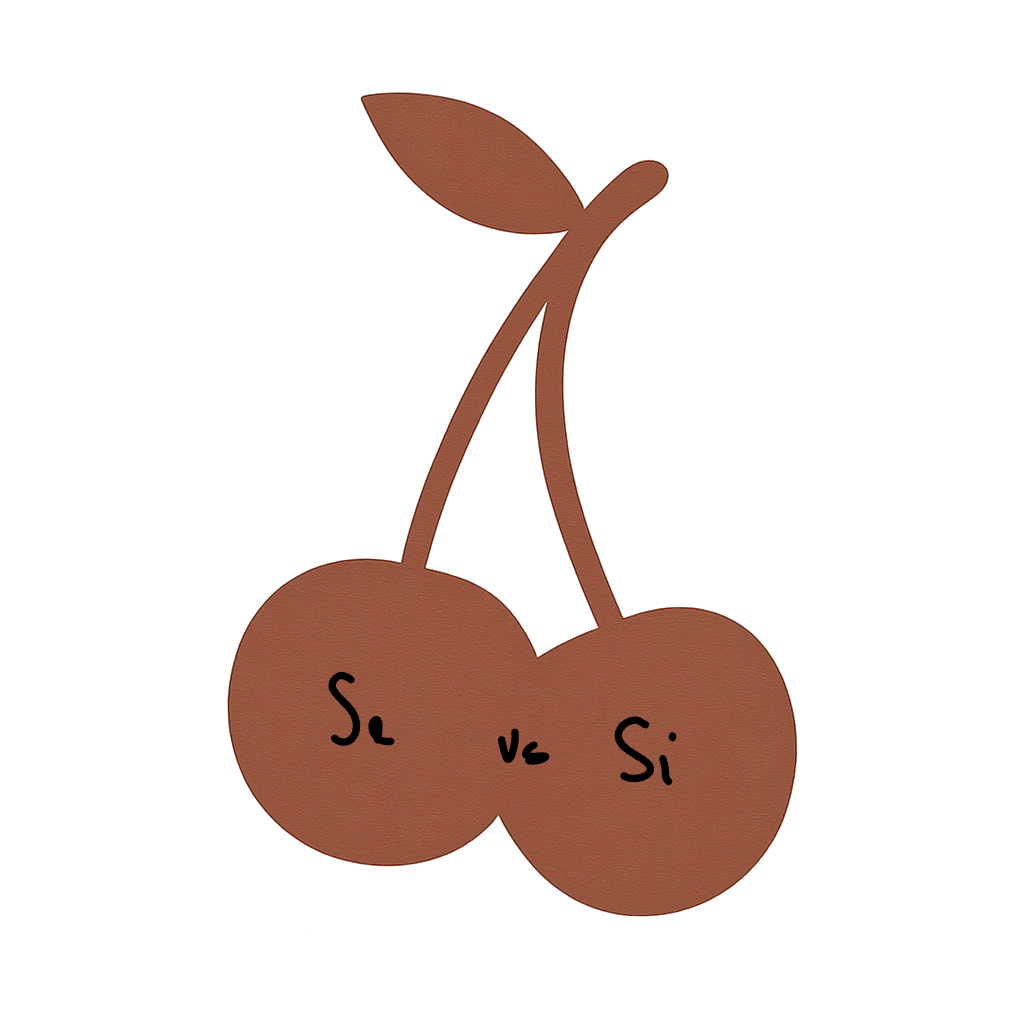Se (Extraverted Sensing) and Si (Introverted Sensing) process sensory information in fundamentally different ways due to their orientation—Se is externally focused on real-time experiences, while Si is internally focused on stored sensory impressions.
Interaction with the Present Moment
- Se (Extraverted Sensing): Fully immersed in the present, responding instantly to sensory stimuli. It thrives on direct engagement with the physical world, such as action, movement, and spontaneity.
- Si (Introverted Sensing): References past experiences to navigate the present. It compares current situations to stored memories, often relying on familiarity and consistency.
Memory & Recall
- Se: Experiences life in real-time but does not prioritize detailed recall of past events unless they are striking or emotionally significant.
- Si: Stores vivid, detailed sensory impressions, sometimes recalling experiences with near-photographic accuracy, including how things felt, smelled, or looked.
Approach to Change & Novelty
- Se: Drawn to new, exciting experiences and stimulation. It thrives in fast-paced environments and adapts quickly to change.
- Si: Prefers the familiar and predictable. It values tradition, routines, and tried-and-true methods, sometimes resisting abrupt change.
Risk & Decision-Making
- Se: Takes risks easily, often making split-second decisions based on immediate information rather than long-term planning.
- Si: More cautious, making decisions based on past experiences and what has worked before. It seeks security and minimizes uncertainty.
Sensory Awareness & Preferences
- Se: Heightened awareness of the external world, noticing details in real-time but often moving on quickly. It enjoys sensory-rich experiences like sports, fashion, and aesthetics.
- Si: Deeply internalizes sensory experiences, often recalling how something felt in the past. It may have strong preferences for certain foods, textures, or familiar environments.
Learning & Skill Development
- Se: Learns best through direct experience, trial and error, and hands-on engagement. It picks up skills quickly but may not focus on long-term refinement.
- Si: Learns by referencing past lessons and structured methods. It prefers step-by-step instruction and values incremental mastery.
